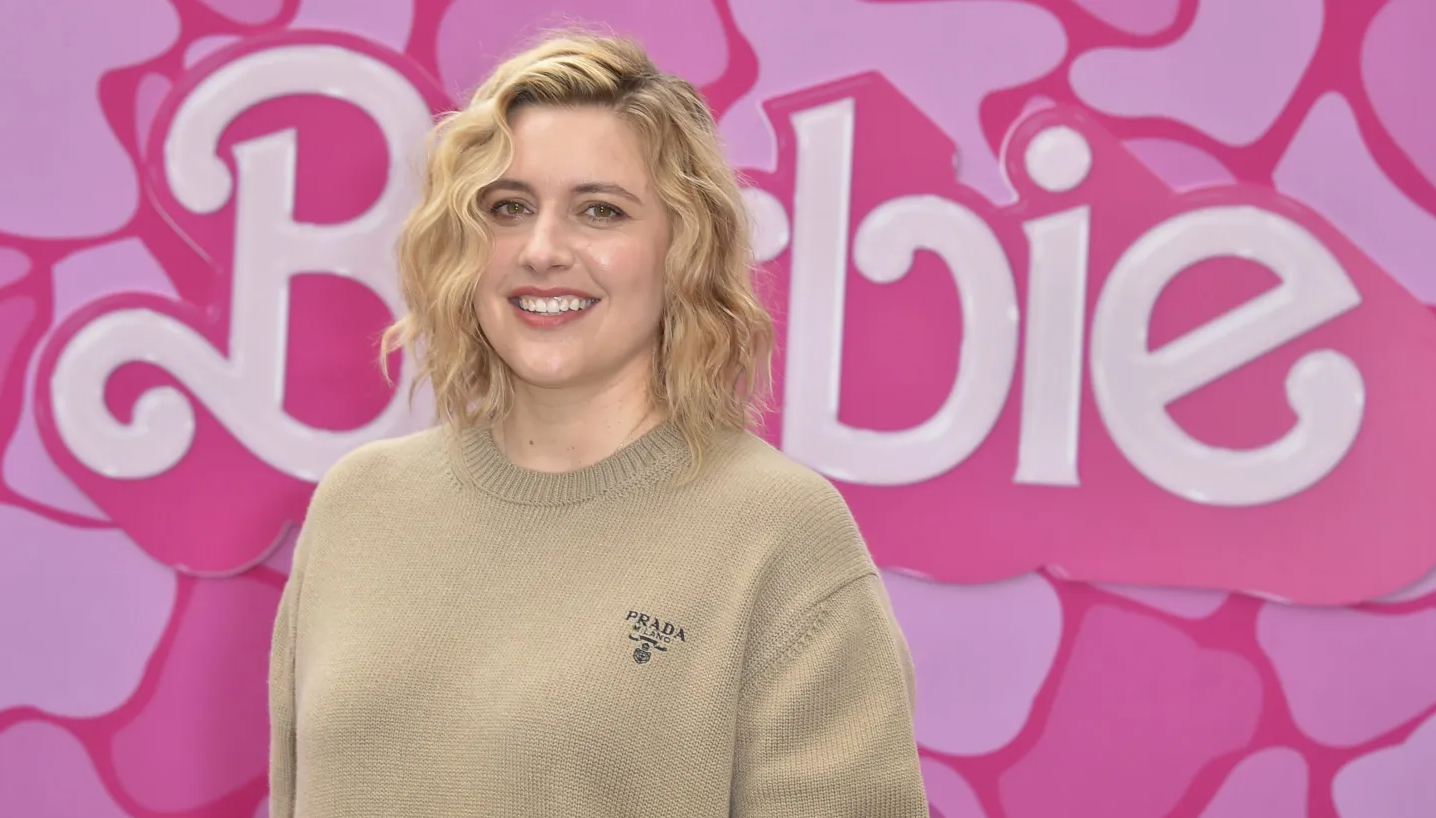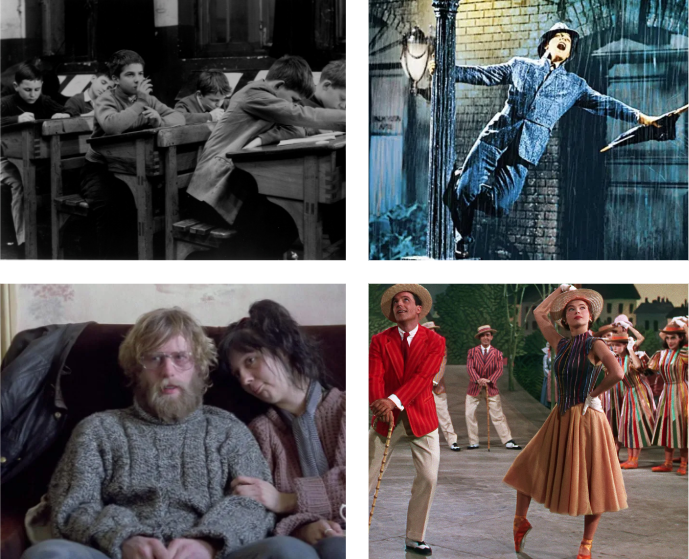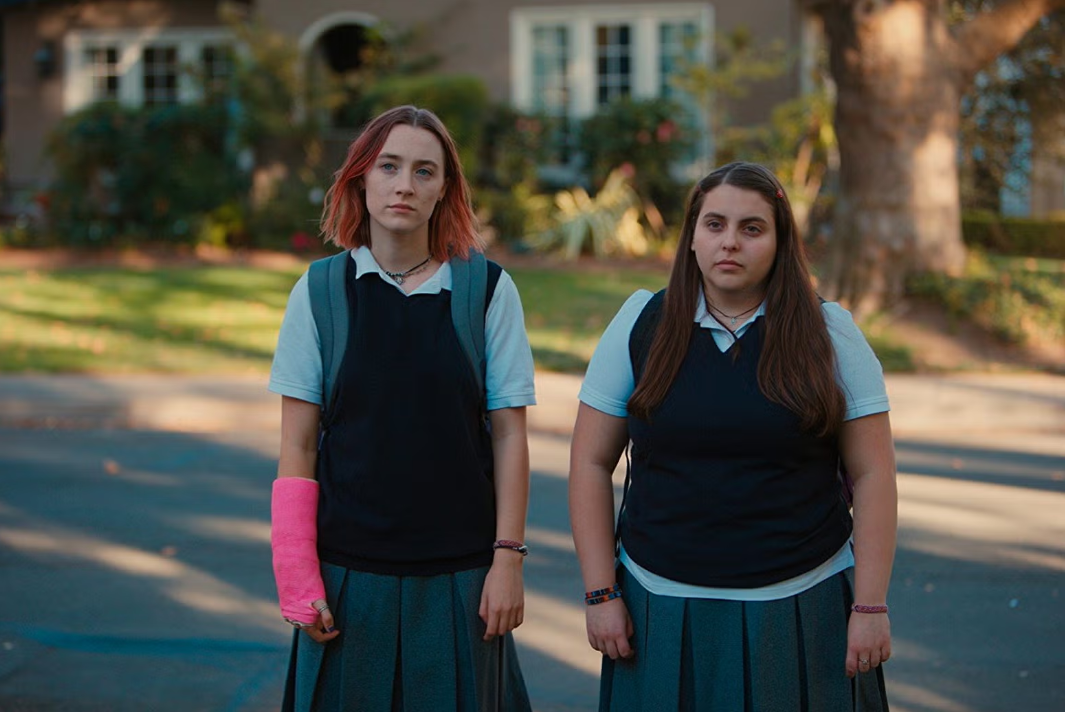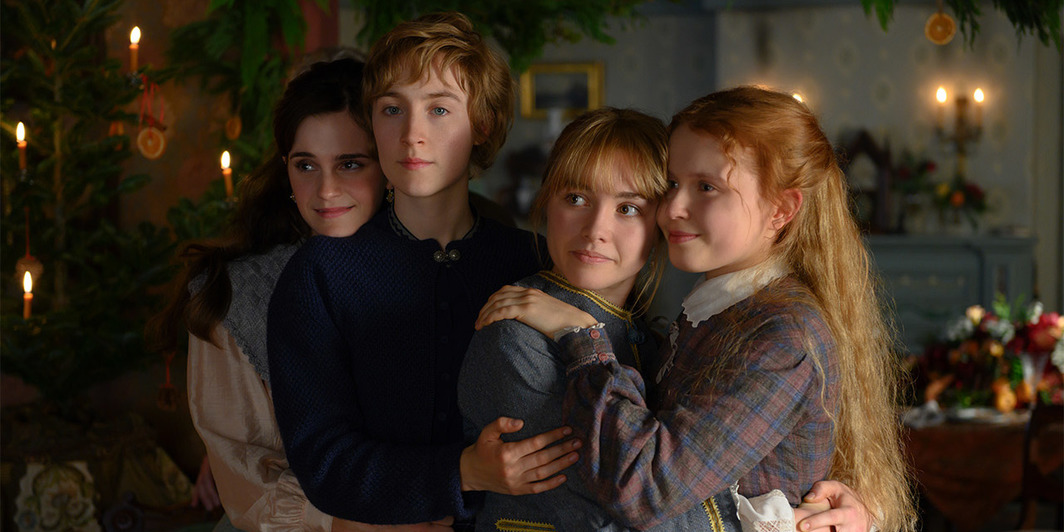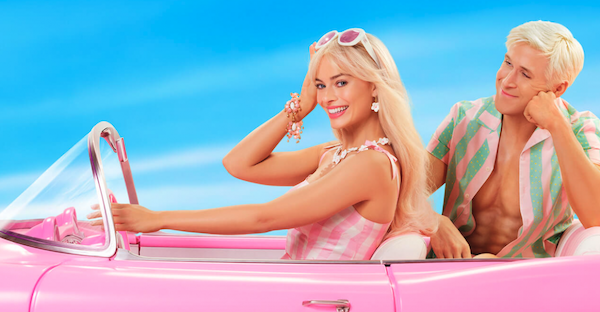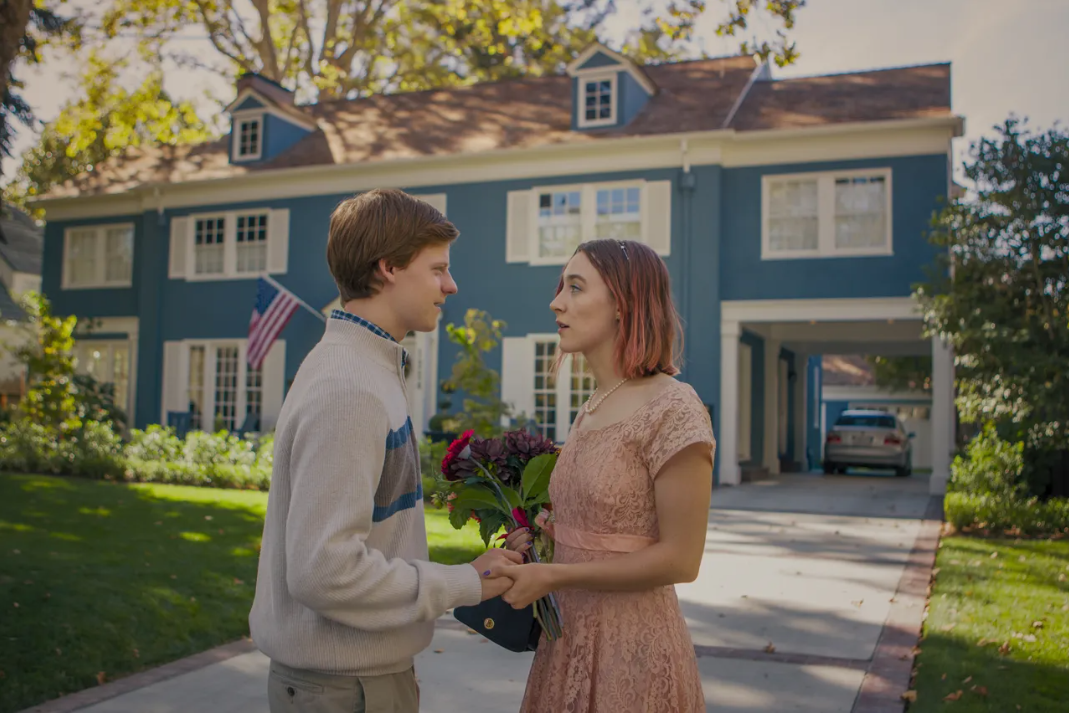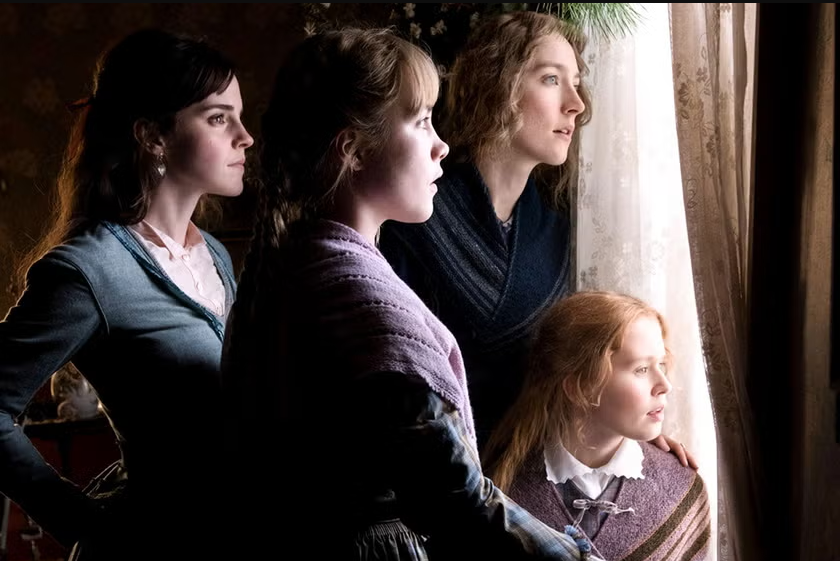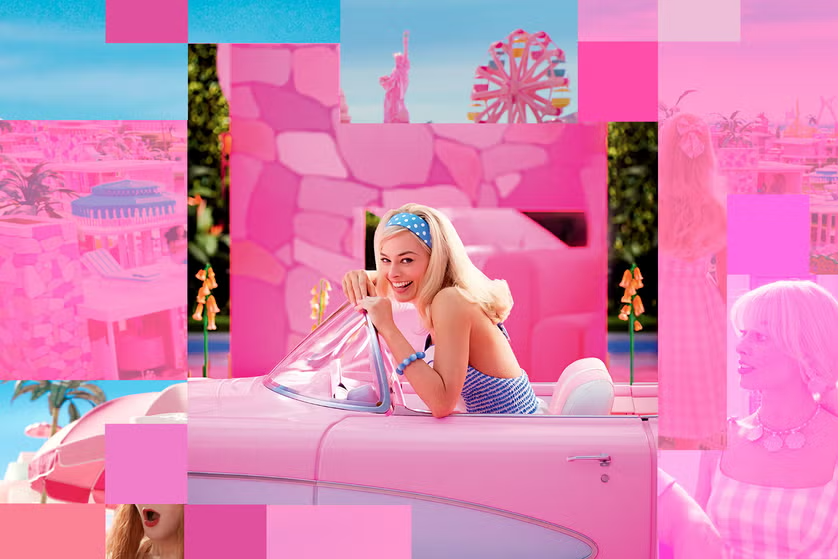NARRATIVE, STYLE AND GENRE
How do media creators develop their style?
In this area of study students will:
- Explore and examine how narratives construct realities and meaning for audiences.
- Understand that narratives are constructed and shaped referencing a rich production history.
- Recognise the personal and distinctive style of media professionals in narrative construction.
- Learn about the selection and manipulation of media codes and conventions from various cultural and historical contexts.
- Analyse the influence and constraints of contextual factors affecting the creation, construction, and distribution of narratives.
- Understand that genre is an important concept beyond the categorisation of media narratives.
- Recognise that genres are subject to debate and change.
- Explore how the definition of genres reveals cultural assumptions about their significance, viewership, and the media industry.
- Understand the key role of audience, engagement, consumption, and reception in narrative formation.
- Articulate personal preferences in the types of narratives they engage with, consume, and read.
- Relate these preferences to the construction of narratives.
Overview - Outcome 1
Throughout this unit of study, students will understand:
- the development and communication of a distinctive style by media creators and producers in the construction of narratives
- the manipulation of media codes and conventions by media creators and producers in the construction of narratives in different media forms
- the influences of historical and cultural contexts on the construction of narratives
- the use or subversion of genres by media creators to engage audiences
- audiences and their engagement and how these understandings influence the construction, production, distribution, consumption and reception of narratives
- the influence of narratives on audience engagement, consumption and reception
- media language used to analyse and discuss the style and context of media narratives.
Success Criteria
At the end of this unit, students will be able to:
- describe the distinctive style of media creators and producers
- explain how media codes and conventions are manipulated by media creators and producers
- discuss how media creators use or subvert genre to engage audiences
- investigate the influences of historical and cultural contexts on the construction of narratives
- discuss the way personal values relate to individual interest and engagement in narratives
- analyse the influence of narratives on audience engagement, consumption and reception
- use media language to analyse and discuss the style and context of media narratives.
- Explicit Teaching
- Multiple Exposures
- Questioning
WEEK 1
As part of this area of study you will be completing ONE written assessment task.
As a class we will be analysing three films Greta Gerwig has directed:
- Lady Bird
- Little Women
- Barbie
Introduction
We will be exploring Greta Gerwig, a critically acclaimed director and actress, who is celebrated for her distinctive storytelling approach. Her films, including ‘Lady Bird‘, ‘Little Women‘ and ‘Barbie‘, have significantly influenced modern cinema.
In this outcome, we will examine Gerwig’s unique style and how she manipulates codes and conventions to craft her directorial style.
Greta Gerwig's Career
Gerwig began her career as an actress, mainly appearing in independent, low-budget films. She emerged as a prominent figure in the mumblecore film movement, which prioritises dialogue over plot.
In 2017, she made her solo directorial debut with ‘Lady Bird‘, followed by ‘Little Women‘ in 2019 and finally ‘Barbie‘ in 2023.
Greta Gerwig's Influences
Director Greta Gerwig has spoken about how these films and directors influenced her movies:
- Singin’ in the Rain – Dance sequences
- Mike Leigh – Characters who appear briefly that feel like fully formed humans
- François Truffaut – Period pieces that feel modern
- Vincent’s Minnelli – Musical theater quality, colours, heightened feel
She has also cited Woody Allen, Joan Didion, David Bowie, David Cronenberg, Barry Jenkins, and Frank O’Hara as inspirations.
Lady Bird (2017)
In ‘Lady Bird‘, Gerwig explores the relationship between a mother and daughter, using match cuts and match scenes to highlight their similarities and differences.
The film’s narrative is driven by the characters’ strong personalities and their struggles to understand each other.
The film is not literally autobiographical, but as Gerwig commented: ‘there’s a core of emotional truth that’s very resonant’. This emotional truth is what makes ‘Lady Bird’ so compelling and relatable to audiences.
Little Women (2019)
In ‘Little Women’, Gerwig presents a feminist interpretation of Louisa May Alcott’s classic novel.
She uses thematic and visual threads to connect the past and the present, exploring the concept of nostalgia and memory.
The film gives a voice to all the March sisters, justifying their life choices.
Gerwig’s ‘Little Women’ is a celebration of female ambition and resilience, challenging traditional representations of women in literature and film.
Barbie (2023)
Barbie is a 2023 fantasy comedy film directed by Greta Gerwig from a screenplay she wrote with Noah Baumbach.
Based on the fashion dolls by Mattel, it is the first live-action Barbie film after numerous animated films and specials.
Starring Margot Robbie as the title character and Ryan Gosling as Ken, the film follows them on a journey of self-discovery through Barbie land and the real world following an existential crisis.
It is also a commentary regarding patriarchy and the effects of feminism.
- Collaborative Learning
- Multiple Exposures
- Questioning
WEEK 2
Activity: Analysis of a scene
The objective of this activity is to deepen your understanding of how Greta Gerwig develops her distinctive style, manipulates media codes and conventions, and influences audiences.
As a class we will:
Watch ‘Lady Bird’ and each student will take notes and fill out their Greta Gerwig Auteur profile for ‘Lady Bird’. This will help you for your scene analysis.
You will analyse scenes from ‘Lady Bird’ and discuss how they reflect Gerwig’s unique approach to narrative, style, and genre.
Choose one scene from ‘Lady Bird’. Watch the scene carefully and take notes on elements such as camera work, acting, mise-en-scene, editing, lighting, and sound.
Describe how these elements contribute to the narrative, style, and genre of the scenes.
Consider questions such as:
- How does Gerwig use these elements to tell her story?
- How do they reflect her distinctive style?
- How do they engage the audience?
Resources
- Codes and Conventions – Axis of Action
- Greta Gerwig Cheat Sheet
- Media Reframed (Unit 2)
- Media Terminology Cue Sheet
- Collaborative Learning
- Multiple Exposures
- Questioning
WEEK 3
Activity: Analysis of a scene
The objective of this activity is to deepen your understanding of how Greta Gerwig develops her distinctive style, manipulates media codes and conventions, and influences audiences.
As a class we will:
Watch ‘Little Women’ and each student will take notes and fill out their Greta Gerwig Auteur profile for ‘Little Women’. This will help you for your scene analysis.
You will analyse scenes from ‘Little Women’ and discuss how they reflect Gerwig’s unique approach to narrative, style, and genre.
Choose one scene from ‘Little Women’. Watch the scene carefully and take notes on elements such as camera work, acting, mise-en-scene, editing, lighting, and sound.
Describe how these elements contribute to the narrative, style, and genre of the scenes.
Consider questions such as:
- How does Gerwig use these elements to tell her story?
- How do they reflect her distinctive style?
- How do they engage the audience?
Resources
- Codes and Conventions – Axis of Action
- Greta Gerwig Cheat Sheet
- Media Reframed (Unit 2)
- Media Terminology Cue Sheet
- Collaborative Learning
- Multiple Exposures
- Questioning
WEEK 4
Activity: Analysis of a scene
The objective of this activity is to deepen your understanding of how Greta Gerwig develops her distinctive style, manipulates media codes and conventions, and influences audiences.
As a class we will:
Watch ‘Barbie’ and each student will take notes and fill out their Greta Gerwig Auteur profile for ‘Barbie’. This will help you for your scene analysis.
You will analyse scenes from ‘Barbie’ and discuss how they reflect Gerwig’s unique approach to narrative, style, and genre.
Choose one scene from ‘Barbie’. Watch the scene carefully and take notes on elements such as camera work, acting, mise-en-scene, editing, lighting, and sound.
Describe how these elements contribute to the narrative, style, and genre of the scenes.
Consider questions such as:
- How does Gerwig use these elements to tell her story?
- How do they reflect her distinctive style?
- How do they engage the audience?
Resources
- Codes and Conventions – Axis of Action
- Greta Gerwig Cheat Sheet
- Media Reframed (Unit 2)
- Media Terminology Cue Sheet
- Collaborative Learning
- Multiple Exposures
- Questioning
- Feedback
- Setting Goals
WEEK 5
Greta Gerwig Analysis
When answering, you can refer to the Greta Gerwig cheat sheet! Here you will find some helpful tips on:
Codes and Conventions, Camera, Acting, Mise–en-scene, Editing, Lighting, Sound, Historical and Cultural Contexts, Genre, Audience Engagement and Influences on Audiences.
You may also want to refer to some of the reference links to assist your understanding.
Activity: Class analysis of a scene
The objective of this activity is to deepen your understanding of how Greta Gerwig develops her distinctive style, manipulates media codes and conventions, and influences audiences throughout ‘Lady Bird’, ‘Little Women’ and ‘Barbie’.
As a class we will:
Analyse how Greta Gerwig employs two specific media codes and/or conventions in her filmmaking to enhance the narrative impact of one of her films.
When answering, we will focus on elements such as cinematography, editing, or sound design. We will answer this question for ‘Lady Bird‘, ‘Little Women‘ and ‘Barbie‘.
Resources
Written Practice SAC
The objective of this practice SAC activity is to give you an understanding of how to complete Unit 2 SAC 1 under SAC conditions and apply your learning from the last 4 weeks.
You will be supplied:
- Question and answer booklet
- Pencil and eraser
During the practice SAC you will be allowed to have a copy of your Greta Gerwig auteur profile as a resource, and your media terminology cue sheet.
- Multiple Exposures
- Feedback
- Setting Goals
WEEK 5
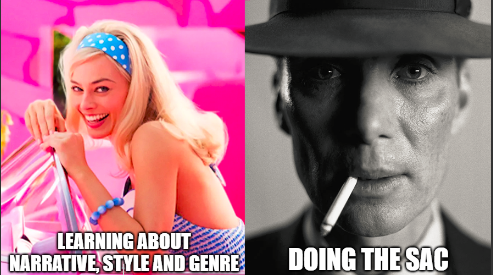
When answering, you can refer to the media terminology cue sheet! Here you will find some helpful tips on:
Codes and Conventions, Camera, Acting, Mise–en-scene, Editing, Lighting, Sound, Historical and Cultural Contexts, Genre, Audience Engagement and Influences on Audiences.
You may also want to refer to some of the reference links to assist your understanding when studying.
This SAC will be completed in 90 minutes in session 3 & 4 on Thursday.
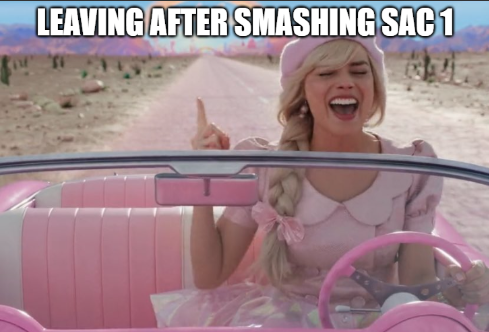
Unit 2 SAC 1
The objective of this SAC is to show your understanding of how Greta Gerwig crafts her films by exploring how narratives shape realities, drawing from rich production histories, and employing a distinctive style, while manipulating media codes and conventions within various cultural and historical contexts, considering genre dynamics, audience engagement, and personal narrative preferences.
You will be supplied:
- Question and answer booklet
- Pencil and eraser
During the SAC you will be allowed to have a copy of your media terminology cue sheet.

